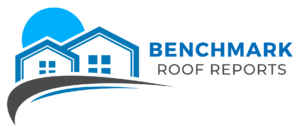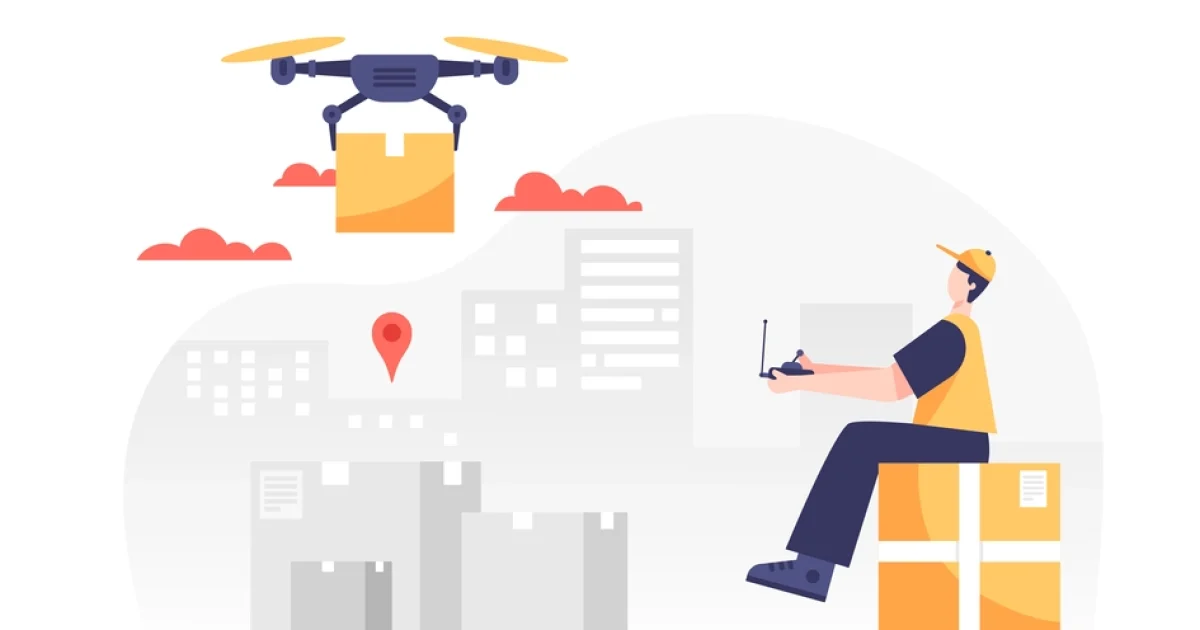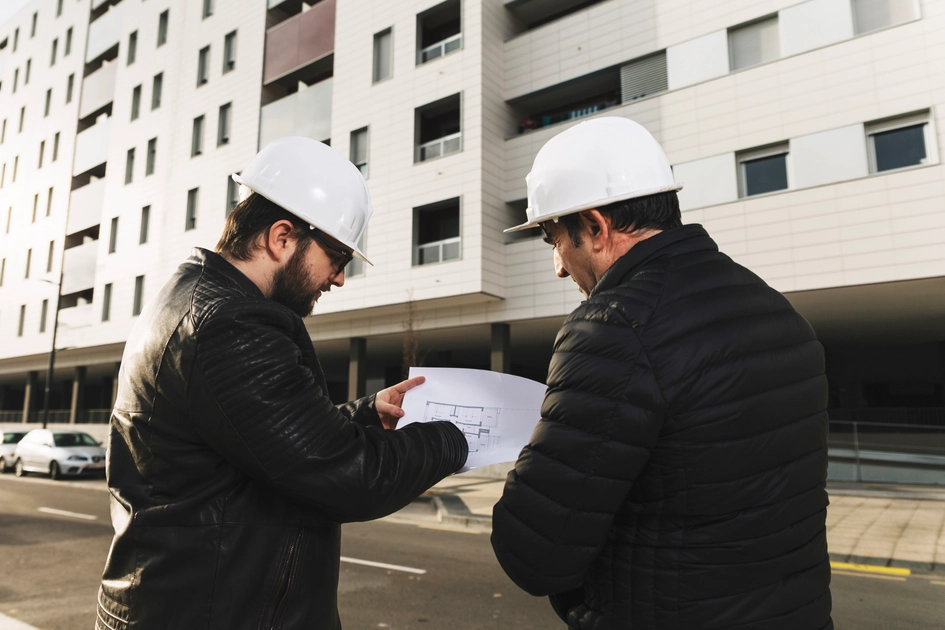Building inspection is a critical part of maintaining safe, efficient, and long-lasting properties. Traditionally, rooftop checks and structural surveys required scaffolding, ladders, or cherry pickers, often making the process costly, disruptive, and risky. Today, however, drone inspections are revolutionizing how owners and inspectors assess their buildings.
Table of Contents
In this article, you’ll learn how drones are being used in modern building inspections, why they are more cost-effective and less disruptive compared to traditional methods, and how they provide high-quality data in real-time. Whether you’re a property owner, building manager, or industry professional, this guide will show you why using drones for building inspection is the smarter way forward.
What Are Drone Inspections and Why Are They Used in Building Inspection?
Drone inspections involve using unmanned aerial vehicles (UAVs) equipped with high-resolution cameras, sensors, and software to capture visual data of a property. In the context of building inspection, drones are primarily used to examine rooftops, facades, and other hard-to-reach areas.
Traditional inspections often require scaffolding or physical climbing, which not only increases risk but also adds cost. With drones used in building inspection, professionals can gather the same—or often better—information in a fraction of the time. The ability to zoom in on fine details such as cracks, leaks, or structural wear makes drones a valuable tool for both preventive maintenance and real-time assessments.
How Are Drones Used for Roof Inspections and Rooftop Surveys?
Roof inspections are among the most common applications of drone technology in construction and property management. Using drones, inspectors can fly directly above a rooftop and capture detailed imagery without ever stepping foot on the structure.
This method is especially useful for steep, tall, or fragile roofs where climbing would be dangerous. With drones used in roof inspections, owners receive a clear view of shingles, gutters, HVAC systems, and other rooftop elements. In fact, drones for building inspection can detect leaks or material deterioration earlier than traditional eye-level checks. By providing high-quality data from above, drone roof inspections ensure safer, faster, and more reliable reporting.
Why Is Using Drones More Cost-Effective Than Traditional Building Inspections?
One of the biggest advantages of using drones in building inspection is cost efficiency. Traditional rooftop checks often involve scaffolding, safety gear, and extended labor hours, which can quickly increase costs for property owners.
By contrast, drone inspections require minimal setup. An operator can fly a drone around a building in minutes, capturing high-quality data that would otherwise take days to collect manually. This makes drone for building assessments a more cost-effective solution, especially for large commercial properties or multiple-site inspections. In addition, the reduced manpower and equipment costs make drones a practical option for owners seeking reliable yet affordable solutions.
Can Drone Inspections Deliver High-Quality Data in Real-Time?
Yes. Modern drones are designed to capture high-resolution photos, 4K video footage, and even thermal imaging. For building inspection purposes, this means real-time insights into potential structural issues such as water leaks, cracks, or energy loss.
High-quality data is critical when making decisions about repairs or maintenance. Instead of waiting for physical reports after manual inspections, owners can view drone-captured images instantly. This real-time reporting not only speeds up decision-making but also provides a digital record for future reference. The combination of real-time access and high-quality imaging makes drones one of the most powerful tools available for modern inspections.
What Makes Drones Less Disruptive for Property Owners?
Traditional building inspections can be inconvenient for tenants and property owners. Scaffolding, ladders, and restricted access can disrupt daily routines and create safety hazards. By using drones, inspections become far less disruptive.
Drones can perform rooftop surveys without requiring entry into a property or shutting down common areas. For commercial properties, this means less downtime for businesses. For residential homes, it means peace of mind knowing that roof inspections won’t disturb daily life. With drones used in building inspection, owners get accurate, high-quality data without the stress and inconvenience of traditional methods.
How to Choose the Best Drone for Building Inspection Projects
Selecting the best drone for building inspection depends on the property type, project size, and specific inspection needs. Key features to look for include high-resolution cameras, stable flight capabilities, and thermal sensors for detecting heat loss or leaks.
Professional-grade drones often come with obstacle avoidance and advanced stabilization, making them safer and more reliable for rooftop surveys. For large-scale inspections, drones with longer flight times and real-time streaming capabilities are preferred. Property owners or inspection companies should invest in drones that balance cost-effectiveness with high-quality performance. Choosing the best drone ensures accurate data, less disruption, and safer assessments.
Rooftop Safety: Why Drones Are Changing the Way Inspections Are Done
Rooftops pose serious risks to inspectors, from slips and falls to exposure to extreme weather conditions. Drones provide a safer alternative by eliminating the need for physical climbing. With drones used in rooftop inspections, inspectors can still identify issues like damaged tiles, clogged gutters, or cracks without stepping on the roof.
This shift not only improves safety for workers but also reduces liability for property owners. By relying on drone inspections, building inspection projects become both safer and more efficient. It’s one of the main reasons why drones are being adopted across the construction, real estate, and property management industries.
Are Drones Reliable for Owner Inspections of Small Properties?
Yes. While drones are often associated with large-scale commercial inspections, they are equally valuable for smaller residential properties. Homeowners can benefit from drones used in simple roof inspections, chimney checks, or gutter assessments.
Instead of hiring scaffolding services, an owner can arrange a quick drone flight to capture real-time images of their rooftop. This makes inspections more affordable and accessible for individual property owners. With cost-effective and high-quality results, drones are becoming a trusted tool even for small-scale building inspection projects.
The Future of Building Inspection: Will All Roof Surveys Use Drones?
The adoption of drones in building inspection is growing rapidly, and industry experts believe that drone-based surveys will soon become standard practice. The ability to collect high-quality data in real-time while being less disruptive makes drones an attractive alternative to outdated inspection methods.
As technology advances, drones will integrate with artificial intelligence and cloud platforms, enabling predictive maintenance and automated reporting. This means building inspections will not just be faster and safer but also smarter. Rooftop surveys and owner inspections will increasingly rely on drones, making them the future of property assessment.
How to Get Started With Drone Inspections for Your Next Building Assessment
For property owners or inspection companies ready to adopt drone technology, the first step is to consult a licensed drone operator. Professional operators are trained to comply with aviation regulations and safety standards.
Once engaged, the operator will plan the inspection, fly the drone, and deliver high-quality data and reports in real-time. Owners can then use this information to make cost-effective decisions about maintenance or repairs. Starting small—with a rooftop survey or basic inspection—is a great way to experience the benefits of drones firsthand.
Conclusion
Drone inspections are transforming the way building assessments are done, making them safer, faster, and more accurate than ever before. Compared to traditional methods, drones provide property owners with cost-effective, less disruptive, and high-quality results. By utilizing advanced technology, companies like Benchmark Roof Reports, a building inspection service in Melbourne, ensure thorough inspections that meet the highest standards. Experience the future of building inspections today—contact Benchmark Roof Reports for your next assessment!
FAQs on Building Inspections with Drones
How do drones improve the building inspection process?
Drones can capture high-resolution images and videos, allowing inspectors to identify potential issues more accurately than traditional inspection methods.
What are the advantages of using drones for inspections?
Drones reduce the need for ladders or scaffolding, making inspections less invasive and safer while providing detailed images and videos of property conditions.
How do drones assist in pre-settlement inspections?
Drones can easily capture detailed images and videos of a property, helping buyers make informed decisions by detecting small issues before finalizing a purchase.
Are drone inspections compliant with regulations?
Yes, drone operations for building inspections are typically conducted under the regulations set by the civil aviation safety authority, ensuring safe and legal usage.
Can drones capture live footage during inspections?
Yes, inspectors can view live footage from drones, which enhances the inspection process by allowing real-time assessments of elevated areas and hazardous conditions.





